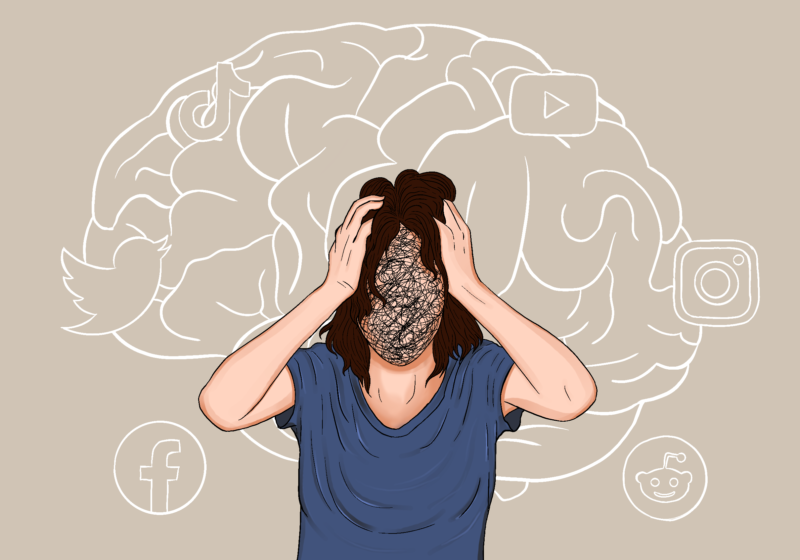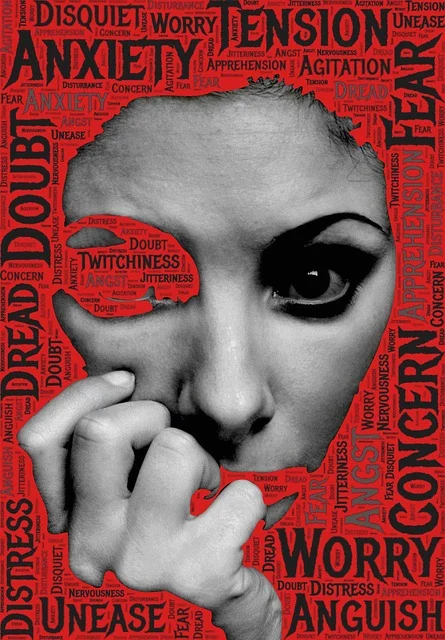In today’s fast-paced, high-stress world, anxiety has become a common part of life for many. But for some, worry and fear aren’t fleeting—they are persistent, overwhelming, and disruptive to daily life. This is the reality for individuals living with Generalized Anxiety Disorder (GAD), a mental health condition that affects millions of people worldwide. Despite its prevalence, GAD is often misunderstood, overlooked, or misdiagnosed. This article delves deep into what GAD really is, its symptoms, causes, and most importantly, how it can be managed and treated.
What Is Generalized Anxiety Disorder (GAD)?
Generalized Anxiety Disorder is more than just excessive worrying. It’s a chronic condition characterized by persistent and uncontrollable anxiety and worry about various aspects of life, such as health, finances, family, or work—even when there’s little or no reason to worry. According to the Diagnostic and Statistical Manual of Mental Disorders (DSM-5), GAD is diagnosed when excessive worry occurs more days than not for at least six months and is difficult to control.

What makes GAD particularly challenging is its ability to infiltrate every part of a person’s life. People with GAD often find it difficult to relax or enjoy the present moment because their minds are constantly occupied with “what-ifs” and worst-case scenarios.
Symptoms of GAD
The symptoms of GAD can vary from person to person but generally fall into three categories: emotional, cognitive, and physical.
1. Emotional Symptoms
- Persistent worrying or anxiety about everyday matters
- Feelings of restlessness or being “on edge”
- Irritability or mood swings
- A sense of impending doom or catastrophe
2. Cognitive Symptoms
- Difficulty concentrating or mind going blank
- Indecisiveness and fear of making the wrong decision
- Overthinking plans and solutions to all possible worst-case outcomes
- Inability to let go of worries
3. Physical Symptoms
- Fatigue and trouble sleeping
- Muscle tension, especially in the shoulders, neck, and jaw
- Headaches and stomachaches
- Rapid heartbeat or palpitations
- Sweating or trembling
These symptoms can be severe enough to interfere with work, school, and social activities. Often, people with GAD don’t realize that their symptoms are part of a larger condition—they may think it’s just their personality or something they should be able to “snap out of.”
Causes and Risk Factors
GAD doesn’t have a single known cause. Rather, it likely results from a complex interplay of genetic, biological, environmental, and psychological factors.

1. Genetic Factors
Research suggests that GAD tends to run in families, indicating a genetic predisposition. However, not everyone with a family history will develop the disorder.
2. Brain Chemistry
Imbalances in neurotransmitters like serotonin, dopamine, and gamma-aminobutyric acid (GABA) may contribute to GAD. These chemicals are essential in regulating mood and stress responses.
3. Personality and Psychological Factors
People who are perfectionists, have low self-esteem, or who are easily overwhelmed by stress may be more susceptible to GAD. Childhood adversity, trauma, or chronic stress can also be significant contributors.
4. Environmental Stressors
Significant life changes or stressful events—such as job loss, divorce, illness, or abuse—can trigger the onset of GAD, especially in those who are already vulnerable.
Diagnosis and Treatment
Diagnosing GAD typically involves a combination of physical exams, mental health evaluations, and a review of medical and personal history. Since GAD can mimic or coexist with other mental health disorders (like depression, PTSD, or panic disorder), a thorough evaluation by a healthcare professional is crucial.
Treatment Options:
1. Psychotherapy
Cognitive Behavioral Therapy (CBT) is the most effective psychological treatment for GAD. It helps individuals recognize and change negative thought patterns and behaviors that contribute to their anxiety. Other therapeutic approaches like Acceptance and Commitment Therapy (ACT) and mindfulness-based therapies can also be beneficial.
2. Medication
For some people, medications are necessary to manage symptoms, especially when anxiety is severe. Common medications include:
- Selective Serotonin Reuptake Inhibitors (SSRIs) like sertraline or fluoxetine
- Serotonin-Norepinephrine Reuptake Inhibitors (SNRIs) such as venlafaxine
- Benzodiazepines, which provide short-term relief but are generally avoided for long-term use due to dependency risks
3. Lifestyle Modifications
Incorporating healthy habits can significantly reduce symptoms:
- Regular exercise
- Balanced diet
- Adequate sleep
- Limiting caffeine and alcohol
- Reducing screen time, especially before bed
Coping Strategies for Everyday Life
In addition to professional treatment, individuals with GAD can benefit from various self-help strategies and daily practices:
1. Mindfulness and Meditation
Mindfulness practices encourage present-moment awareness and help calm racing thoughts. Apps like Headspace or Calm can guide beginners through meditation exercises.
2. Journaling
Writing down worries and tracking anxiety triggers can offer perspective and a sense of control. It can also be useful to record positive events and moments of gratitude.
3. Breathing Techniques
Deep, controlled breathing (such as the 4-7-8 technique) can activate the body’s relaxation response and reduce anxiety in the moment.
4. Setting Boundaries
Learning to say no and protecting personal time can help reduce overwhelm. Boundaries are essential for mental wellness.
5. Connecting with Others
Talking to friends, joining a support group, or simply spending time with people who understand can reduce feelings of isolation.
Breaking the Stigma
Despite growing awareness of mental health issues, stigma around anxiety disorders persists. Many people with GAD feel ashamed or weak for being anxious “all the time.” This stigma often prevents individuals from seeking the help they need.
It’s crucial to normalize conversations around mental health and recognize that anxiety is not a personal failing—it’s a legitimate and treatable condition. The more we talk openly about GAD, the more we can support those who are struggling in silence.
Conclusion
Generalized Anxiety Disorder is a complex but manageable condition. With the right treatment plan and supportive strategies, individuals with GAD can lead fulfilling and meaningful lives. If you or someone you know may be dealing with persistent anxiety, don’t hesitate to reach out to a mental health professional. Early intervention can make a world of difference.
Understanding, empathy, and education are key steps in helping break down barriers and build a more mentally healthy world for everyone.



